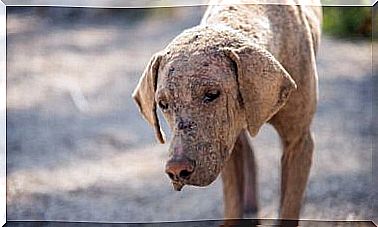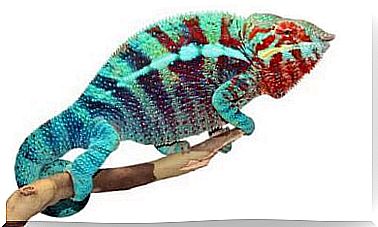Aposematism: What Is It About?
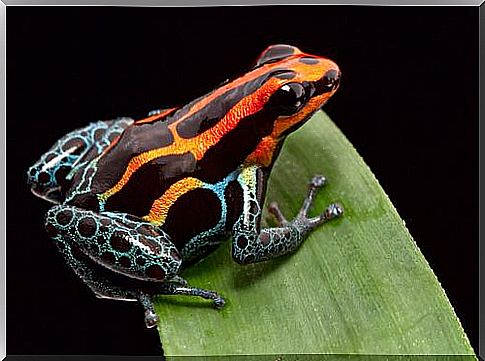
Aposematism usually presents itself conspicuously through bright colors in animals. Usually the flamboyant ones are those that have the most lethal poisonous glands.
Another form of aposematism is through the emission of sounds, such as the sound warning of the rattlesnake.
The word aposematism is composed of two Greek roots: “apo” which means “far away” or “separated”, and “sema” which means “signal”. Therefore, it is quite the opposite of the camouflage and attraction techniques of certain species.
How does aposematism work in animals?
Aposematism in animals is almost always defensive: it warns predators that they are faced with a dangerous animal. For these warning signals, both visual and audible, to be effective, the attacker must be able to recognize them. This can happen instinctively. That is, in a hereditary way or because you have already gone through a bad experience.
Aposematism is a highly effective defense mechanism, due to the fact that the animal that possesses this characteristic does not need to develop another type of reaction or strategy.
Just exhibit these signals without wasting energy. For this reason, animals with this peculiarity are not attacked by predators, although there are exceptions.
Some non-poisonous animals adopt the appearance of animals with aposematism. This is known as mimicry, and is another defense mechanism.
In this way, they make predators believe that they are dangerous due to their bright color, but are actually harmless. An example is the fake coral snake, which has the same colors as the real one, but placed in a different order.
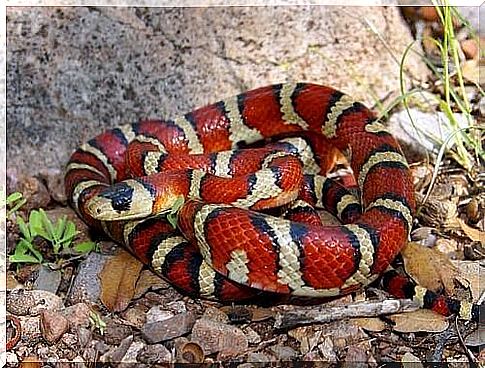
Aposematism is also present in some plants, although it is a rare phenomenon. Some are relatively toxic, have a bad taste or have thorns. They call attention to warn consumers that they are inedible.
Some animals with aposematism
The most common and well-known species with aposematism are wasps and bees. They have clearly visible yellow and black stripes. They let all animals that possess a poisonous sting know, which they will use if they feel threatened.
Caterpillars also use their coloring in order not to be eaten by their natural predators. For this reason, there is a great variety of colors and shapes in all species of caterpillars.
They have toxins that accumulate in the body due to the fact of consuming some plants that have toxic substances or that have a bad taste.

The poison dart frog ( Dendrobatidae ), is another example of an animal that exhibits aposematism.
This warns of being poisonous through its flashy and bright colors. It accumulates highly poisonous substances in the skin. It lives throughout Central America and South America.
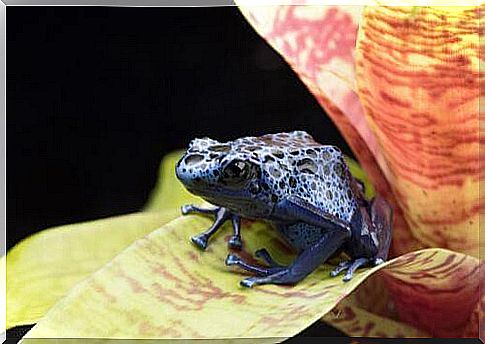
The coral snake is another example. It is an animal that has brightly colored ring-like stripes, and is extremely poisonous.
The best known is the one that has the following order of tones: red, black and white. It lives in tropical regions, of which 73 species are found in the New World, while 16 in the Old World.

The lionfish ( Pterois antennata), which lives in the Indian and Pacific Oceans, is an animal that exhibits aposematism, as it stands out for its showy red and white stripes and for its strange and threatening appearance.
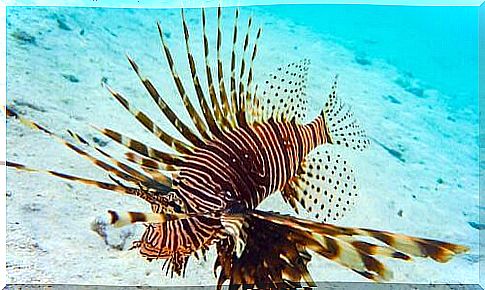
The spines protruding from its dorsal fins have poisonous glands that contain a powerful toxin capable of severely affecting large mammals.

